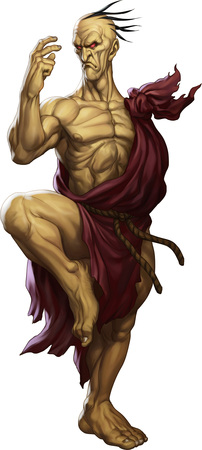But anyways, for us... we train with and without elbow in and down.
In drills it is good to mix it up too - to let your partner feed off of whichever comes. Like I was saying in the "One hand or two" thread, the opponent chooses your response to some degree with the attack they give you.



 Reply With Quote
Reply With Quote







